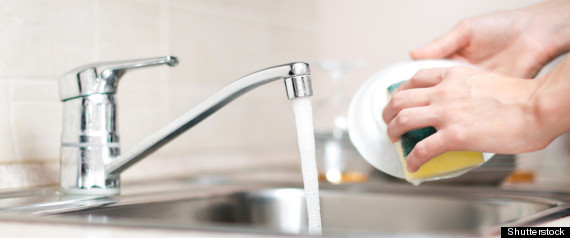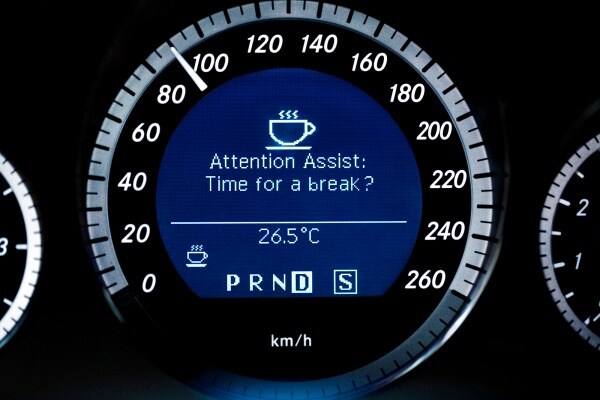
On the morning I got cataract surgery, my ophthalmologist joked it was his “young day,” since all his surgical patients were under 70.
I’m 43. I first noticed the haziness in my left eye about this time last year and thought it was a dirty contact. A few months later, I went to my doctor and got a huge shock.
My doctor appeared just as surprised – partly because of my age at the time, 42, and partly because I showed no sign of a cataract at an exam just six months earlier.
Only one percent of all cataract surgery patients are as young as me, according to Dr. David Chang, clinical spokesman for the American Academy of Ophthalmology. But many more people in their 40s probably have cataracts already forming in one or both eyes and just don’t know it yet.
A cataract is a clouding of the eye’s lens. It’s the most common cause of blindness in the world — and it’s also a normal part of aging. More than 3.3 million such surgeries are performed in the country each year, said Chang, who described it as “the most common operation performed anywhere on the body.” And a recent study by the Mayo Clinic indicates an increasing number of people are having cataract surgery — and are doing so at “younger” ages. The study, which examined cataract surgeries done from 2005 to 2011 in Minnesota’s Olmsted County, found that about 20 percent of those surgeries were in patients younger than 65.
By age 80, more than half of all Americans either have a cataract or have had cataract surgery, according to the National Institutes of Health’s National Eye Institute.
“When does it happen? Well, we could say it’s pretty common in our 50s, but there are plenty of people who have a full head of hair in their 70s. There are also a lot of people who get bald spots or start to see their hairlines recede in their 30s,” said Chang, chairman of the cataract guidelines committee for the AAO.
It took about a year from the time I first noticed hazy vision to when I finally scheduled my surgery. In between, I often felt my left eye was looking through a dirty, Vaseline-smudged window. Since it is most notable in bright light, the cataract was a nuisance when I played with my kids outdoors or drove them around on sunny days. While at the beach last summer, I felt like I was looking through a sand storm.
Shortly afterward, I had reached my annoyance threshold. That’s a similar trait doctors see among their “younger” patients, whose active lifestyles make them less willing to put up with a cataract’s inconvenience, said Dr. Rosa Braga-Mele, who chairs the cataract clinical committee of the American Society of Cataract and Refractive Surgery.
While the majority of cataract patients are in their 70s and 80s, Braga-Mele said she recently noticed an increase in patients between 50-65 – a range reflecting the heart of the baby boomer population, a generation living longer and less tolerant of any hurdle to their independence.
“Whereas my grandmother or even my mother might have waited until she was in her 80s because she didn’t really need her vision for what she was doing … the baby boomer population, the minute their vision starts to drop, says, ‘Well, this isn’t normal, I can’t do my job. There has to be a solution to help me function at the level I’m used to functioning at,” she said.
That was the case for Katie Roberts. At 37, she is far younger than any Boomer, but she understands why many of them would elect to have surgery as early as possible. The Morgan Hill, Calif., firefighter has had cataract surgery on both of her eyes; she was 32 when she had the first procedure.
Unlike my cataract — which had no physical cause or genetic disposition — the ones Roberts developed were a side effect from steroid medication she received in her 20s for an eye disease, pars planitis. When she first showed signs of a cataract, she initially thought she was experiencing a flare-up. Once she got the correct diagnosis, she ended up getting surgery about a month later.
“Because I have to drive a fire engine and drive at night, with lots of lights and everything going on, I got it done as soon as it was bothering me, just enough to where I was aware of it,” she said.
Dr. Bonnie An Henderson, a clinical professor of ophthalmology at Tufts University School of Medicine, hasn’t seen the average age of her patients dip, but she believes several factors may explain why more people are having surgery. One reason is the proliferation of cell phones, computers and tablets over recent years.
“Patients may detect even a small decrease in their visual function earlier than before,” Henderson said.
In addition, diagnostic tools are more sophisticated than they were a generation ago, making it easier for ophthalmologists to evaluate and diagnose cataract severity, she said.
All doctors agree there isn’t a specific time when surgery is needed to remove cataracts. One person may not find it a bother, while someone else with the same rate of progression may find it completely disruptive.
I clearly remember the advice my doctor gave me about when to give him the green light for surgery.
“There’s no magic number when you have to get it done,” he said. “It’s whenever you’re ready to cry ‘Uncle.’”
Source: Today health













